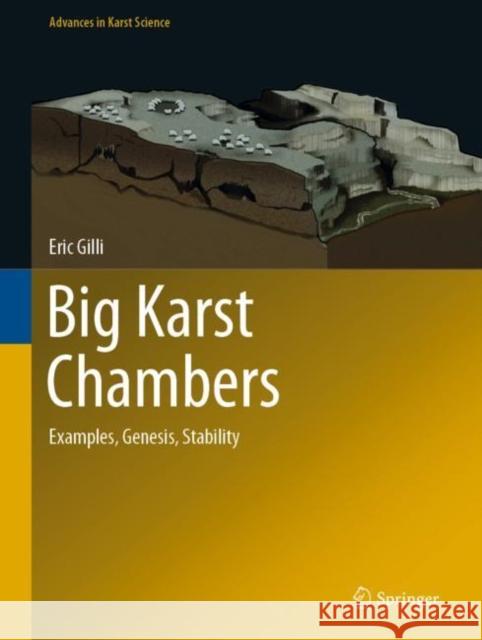Big Karst Chambers: Examples, Genesis, Stability » książka
topmenu
Big Karst Chambers: Examples, Genesis, Stability
ISBN-13: 9783030587314 / Angielski / Twarda / 2020 / 201 str.
Big Karst Chambers: Examples, Genesis, Stability
ISBN-13: 9783030587314 / Angielski / Twarda / 2020 / 201 str.
cena 644,07
(netto: 613,40 VAT: 5%)
Najniższa cena z 30 dni: 616,85
(netto: 613,40 VAT: 5%)
Najniższa cena z 30 dni: 616,85
Termin realizacji zamówienia:
ok. 22 dni roboczych
Dostawa w 2026 r.
ok. 22 dni roboczych
Dostawa w 2026 r.
Darmowa dostawa!
Kategorie:
Kategorie BISAC:
Wydawca:
Springer
Seria wydawnicza:
Język:
Angielski
ISBN-13:
9783030587314
Rok wydania:
2020
Wydanie:
2021
Numer serii:
000801740
Ilość stron:
201
Waga:
0.72 kg
Wymiary:
28.22 x 21.54 x 1.65
Oprawa:
Twarda
Wolumenów:
01











